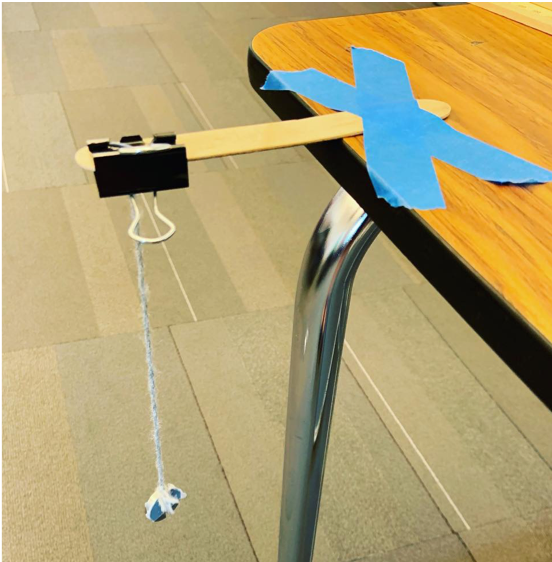When it came to teaching radical functions this year I was at a loss. I couldn’t seem to connect with the material and the notes packet that my colleagues used last year was tragically boring. So, I scoured the internet looking for real-world situations that used radicals. The first things I came across the equation for voltage (it’s the square root of power times resistance). This felt like I was on to something so I asked the physics teacher at my school to explain how we could measure voltage. She graciously tried to help me down my voltage quest, but pointed out another option. The equation for the theoretical period of a pendulum contains a square root. Luckily, myself (and my students) can all understand how a pendulum works and the set up was pretty easy! Voila! My lesson was born.

Radical Functions – The Equation
The equation for the theoretical period of a pendulum relates the length of the pendulum with the amount of time it takes the mass to make a full swing. Here is the radical function equation:

The 981 represents gravity in centimeters per second squared, that way my students could measure the length of the strings in centimeters. The l represents the length of the string (in cm as mentioned) and the T represents time in seconds.
Want access to my FREE resource library? Click here to join!
The Set Up

That same teacher let me borrow 20g weights and I tied them to different lengths of yarn. It’s very important that the weights are all the same mass! The only thing that changes is the length of the string (the independent variable) which affects the amount of time it takes for the pendulum to swing (the dependent variable).
I made a set up so that the mass wouldn’t hit the desk when the students swung the pendulum. The kids worked in pairs. One student timed on their phone while the other student held the string horizontal, then let go and caught it when it swung back.
I gave my students a worksheet where they recorded the corresponding lengths and times in a table, and graphed them on a coordinate plane. Then they plotted their points on Desmos.com and answered some analytical questions.
The Result
Finally, the students turned in a digital paper that included a description of the domain, range, and shape of the graph. They gave great descriptions. One student likened the shape to “droopy pizza” 😂. Here is an example of a student’s graph, which includes their data graphed with the model radical function.

If you want to recreate this activity in your classroom click here to buy this activity from my TpT store!
Don’t forget to request access to my FREE resource library – click here!
Happy teaching!
Natasha
